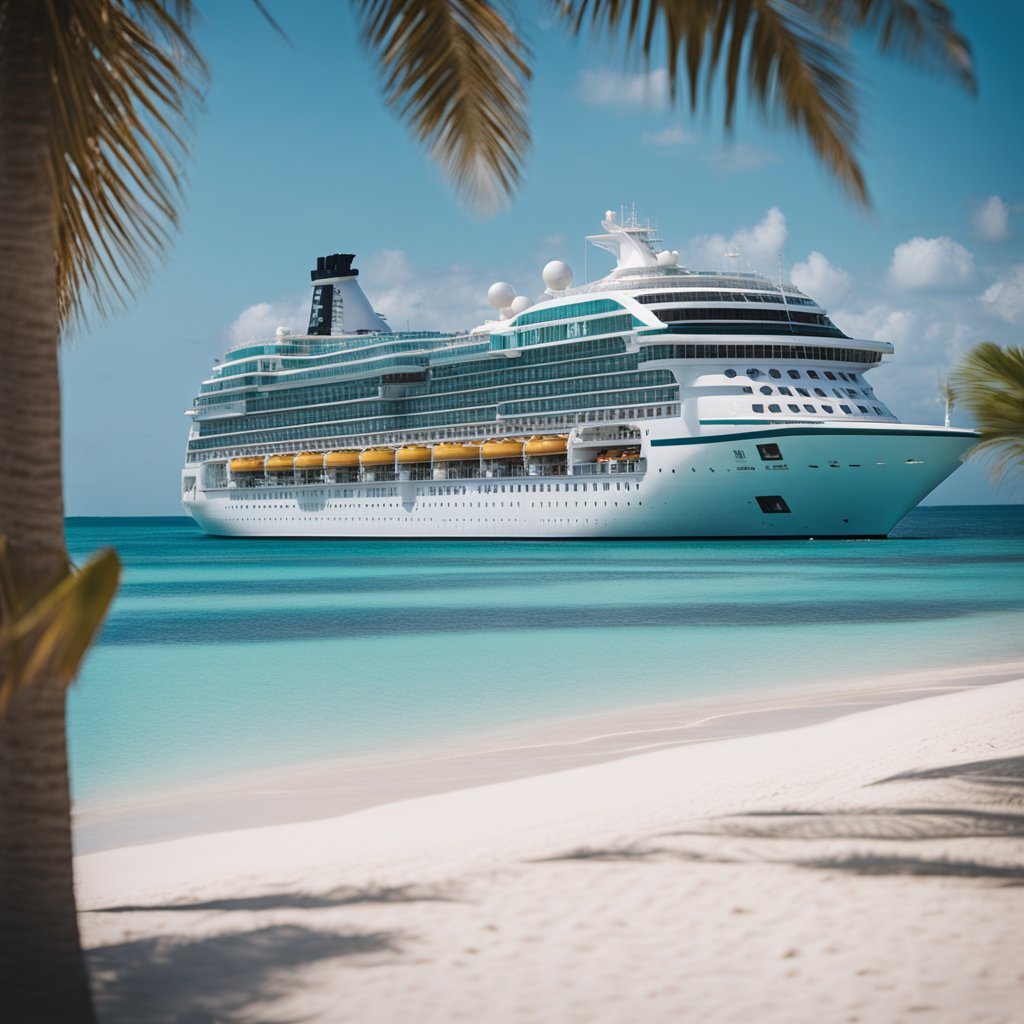As the cruise industry evolves, the push for sustainable practices is more critical than ever. In 2025, travelers can expect cruise lines to implement innovative technologies and eco-friendly policies that significantly reduce their environmental impact. This shift not only addresses concerns about climate change but also enhances the travel experience for eco-conscious passengers.
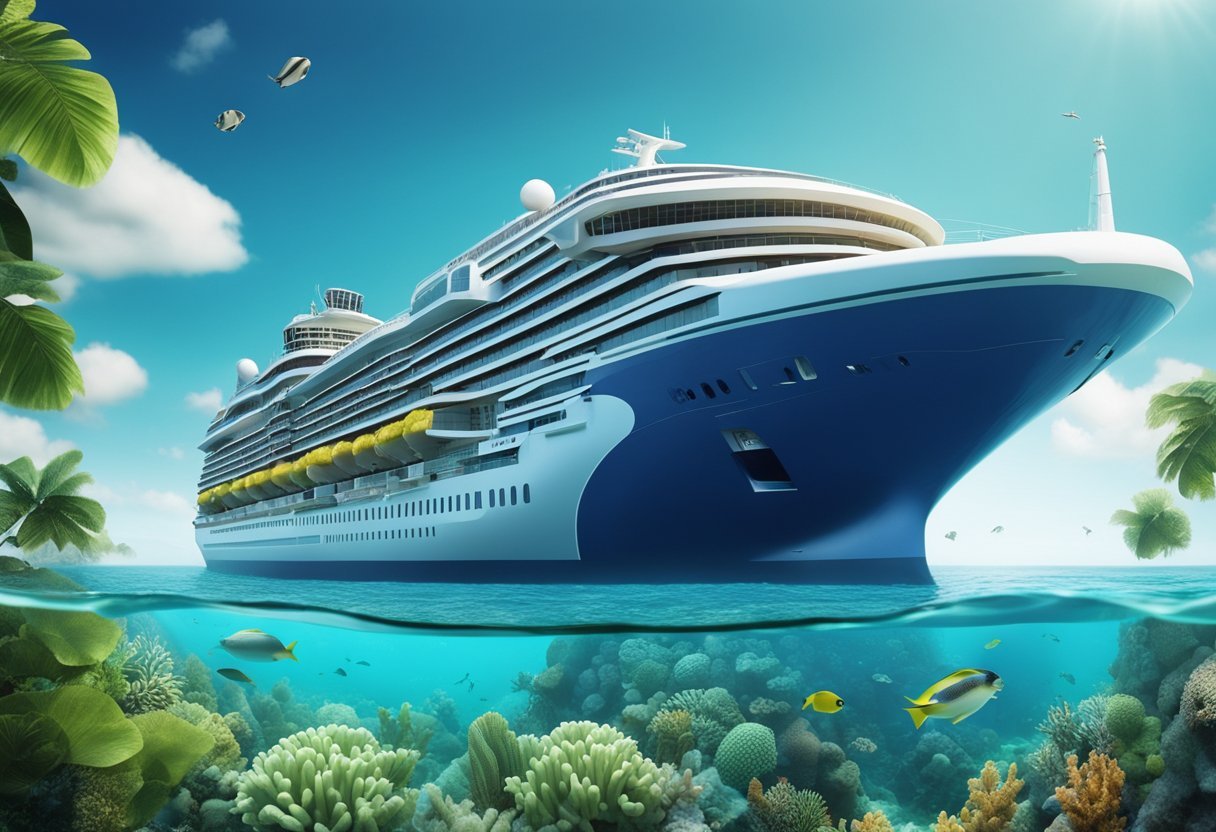
Emerging trends show that passengers are increasingly prioritizing sustainability when choosing their cruise options. Cruise companies are responding by investing in renewable energy sources, waste reduction strategies, and sustainable food sourcing. Understanding these changes allows travelers to make informed decisions that align with their values.
The future of cruising promises exciting developments that will cater to the growing demand for responsible travel. With a clearer focus on minimizing footprints while maximizing enjoyment, cruising in 2025 could redefine what it means to explore the world’s oceans sustainably.
The Evolution of Sustainable Cruising
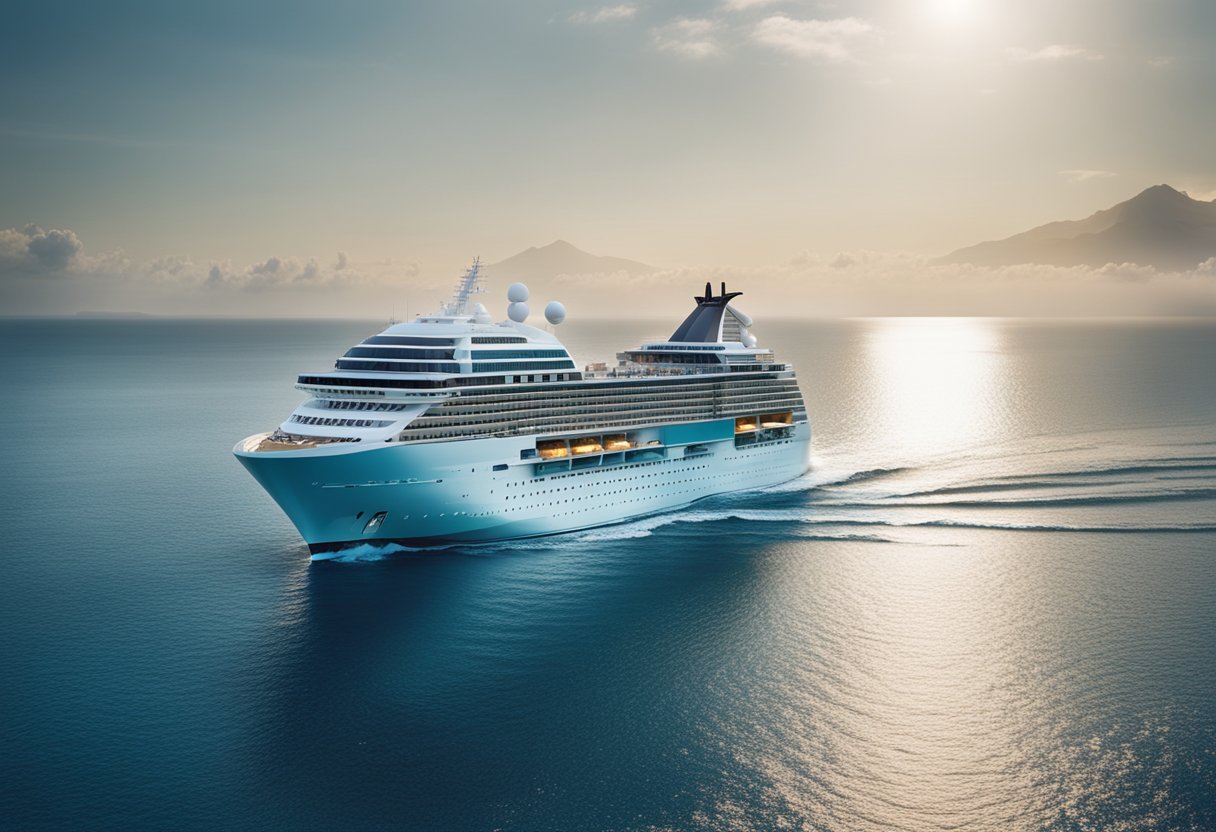
Sustainable cruising has advanced significantly over the years, influenced by environmental awareness and technological progress. The shift from traditional practices to sustainable methods has been marked by both historical milestones and recent innovations.
Historical Overview
The cruise industry began to incorporate sustainability in the 1990s, responding to growing environmental concerns. Early efforts focused on waste management and reducing emissions. The introduction of regulations, such as the International Maritime Organization (IMO) guidelines, played a crucial role in shaping eco-friendly practices.
By the early 2000s, companies began adopting cleaner fuels like low-sulfur fuel. Many vessels installed advanced waste treatment systems to minimize environmental impact. As consumer awareness increased, cruise lines started to promote sustainable initiatives, such as shore excursions that support local economies and conservation efforts. This period laid the groundwork for deeper commitment to sustainability.
Recent Advances in Green Technology
Recent years have witnessed substantial technological innovations in the cruise industry. The development of liquefied natural gas (LNG) propulsion systems has emerged as a game changer. LNG reduces emissions significantly compared to traditional fuel sources.
Cruise liners are also investing in renewable energy solutions, including solar panels and wind power systems. These initiatives allow ships to generate their own energy while at sea. Advanced hull designs and energy-efficient engines contribute further, lowering fuel consumption and enhancing overall efficiency.
Furthermore, water purification and recycling systems have improved, allowing ships to handle waste responsibly. These progressive measures not only address regulatory requirements but also align with the expectations of environmentally conscious travelers.
Environmental Impact and Regulations
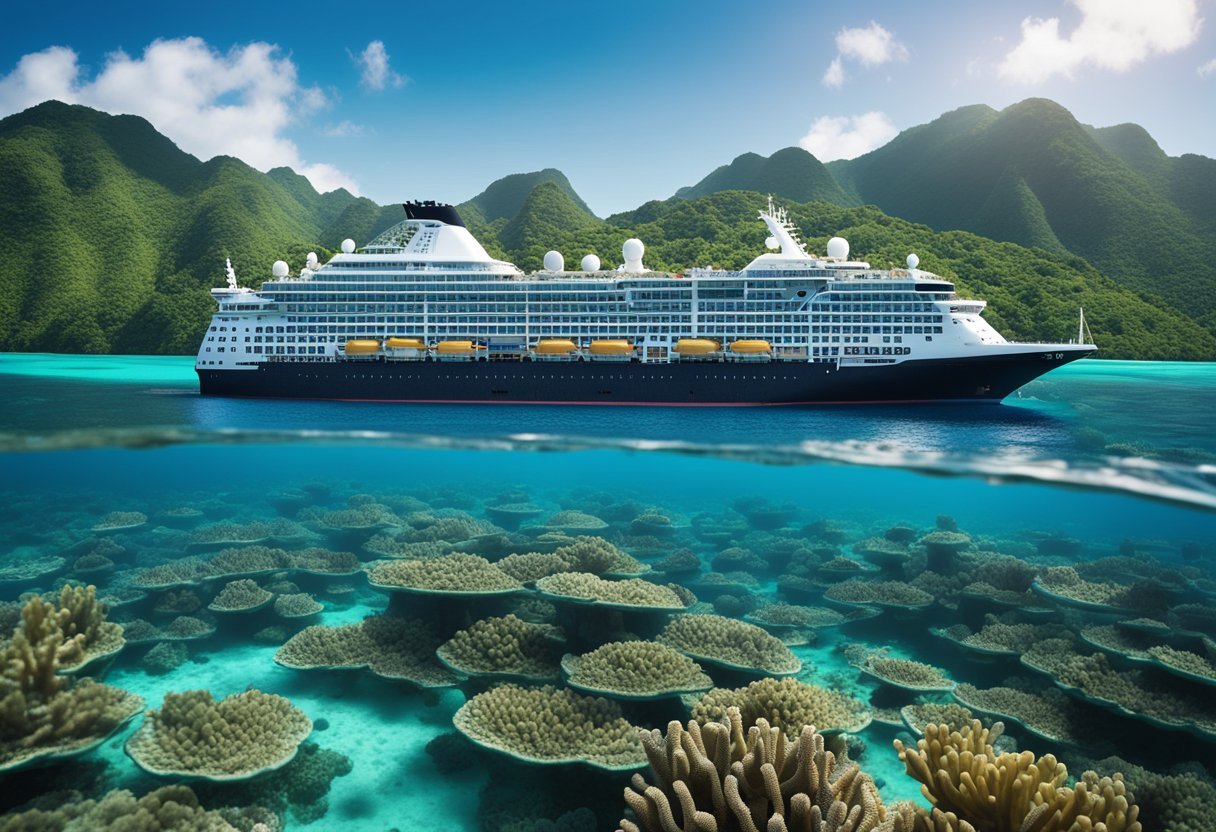
The environmental impact of cruising is significant, leading to the implementation of various strategies and regulations aimed at minimizing harm. Effective emission reduction and wastewater management are vital for sustainable practices in the industry.
Emission Reduction Strategies
Cruise lines are adopting innovative technologies to reduce emissions significantly. The use of liquefied natural gas (LNG) has emerged as a primary solution for minimizing greenhouse gases. LNG emits fewer pollutants compared to traditional marine fuels.
Additionally, many vessels are incorporating exhaust gas cleaning systems (scrubbers) and advanced hull designs. These measures enhance fuel efficiency and overall performance.
Organizations are also pushing for shore power options, allowing ships to plug into the local electrical grid while docked. This reduces the reliance on ship generators, leading to lower emissions in port areas.
Wastewater Management
Proper wastewater management is crucial for protecting marine environments. Cruise ships generate large amounts of wastewater, including sewage, gray water, and bilge water.
Many operators utilize advanced wastewater treatment systems (AWTS) that meet or exceed regulatory standards. These systems treat wastewater to remove harmful pollutants before discharge.
Some vessels are implementing onboard storage options, allowing for the temporary holding of wastewater until the ship reaches a facility capable of proper disposal. This minimizes the risk of contaminating coastal waters.
Legislation and Compliance
Regulations governing the cruise industry have become increasingly stringent, addressing both emissions and waste management. International Maritime Organization (IMO) guidelines set benchmarks for air quality and discharge standards.
Additionally, many countries have introduced their own regulations, such as NOx and SOx emissions limits. Compliance with these regulations is mandatory for cruise operators.
Monitoring mechanisms and enforcement measures are in place to ensure adherence. Failure to comply can result in hefty fines and operational restrictions, emphasizing the importance of following environmental laws.
Sustainable Ship Design and Innovation
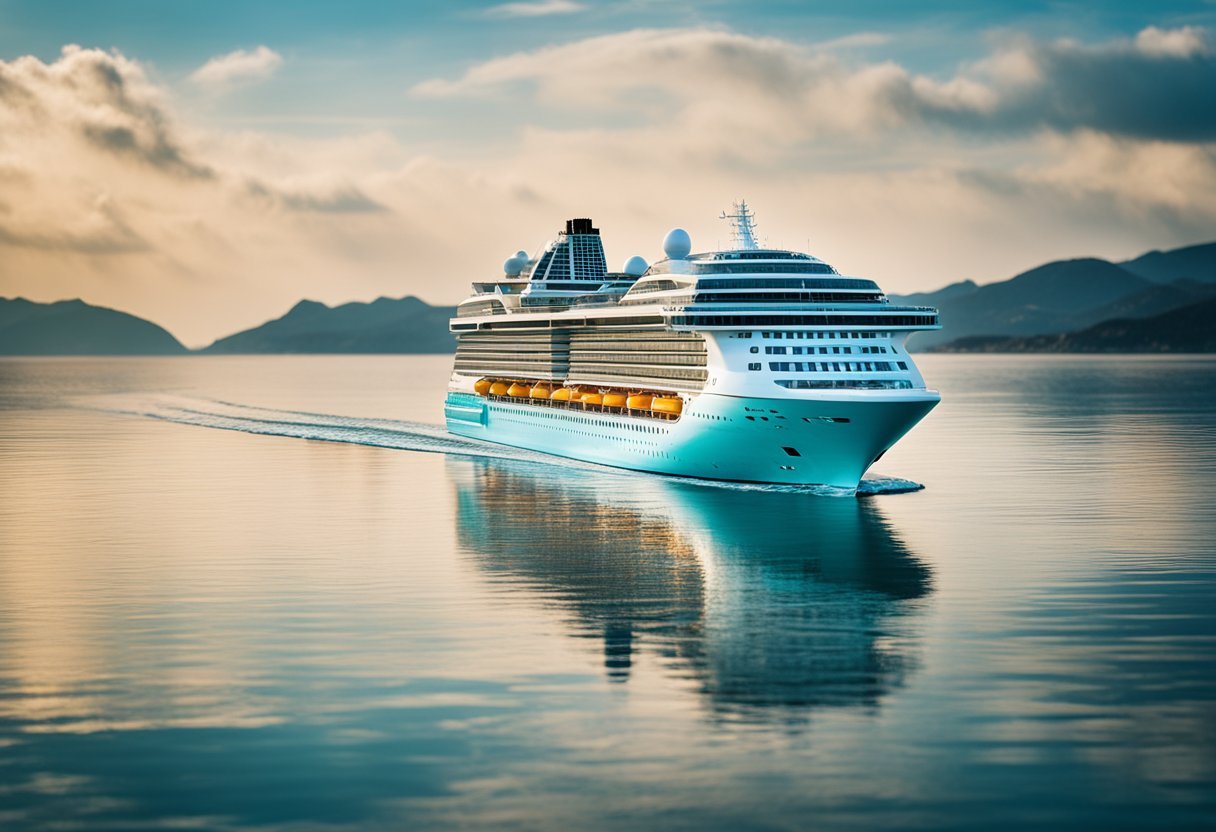
Recent advancements in sustainable ship design focus on energy efficiency and integrating renewable energy sources onboard. This innovation aims to reduce the environmental impact of cruising while maintaining performance and passenger comfort.
Energy-Efficient Ship Architecture
Energy-efficient ship architecture incorporates lightweight materials and advanced hull designs. By using materials like aluminum and reinforced composites, vessel weight is reduced, improving fuel efficiency.
Key features include:
- Hydrodynamic hull shapes: Minimize drag and enhance speed.
- Optimized space utilization: Ensure maximum operational efficiency.
- Natural ventilation systems: Reduce energy consumption for heating and cooling.
In addition, energy recovery systems capture excess energy during operations, converting it into usable power. These features collectively contribute to lower emissions and reduced fuel costs.
Onboard Renewable Energy Sources
Incorporating renewable energy sources is vital for sustainable cruising. Ships are increasingly utilizing solar panels and wind turbines to generate electricity.
Implementing these technologies can lead to:
- Solar panels on deck: Capture sunlight to power lights and equipment.
- Wind turbines: Harness wind energy, supplementing the ship’s power needs.
Moreover, battery storage systems allow vessels to store excess energy for later use. This integration not only lowers dependence on fossil fuels but enhances the ship’s overall sustainability profile.
Green Operations and Best Practices
Sustainable cruising in 2025 focuses on minimizing environmental impact through effective operational strategies. Key areas include itinerary planning, waste management, and onboard activities that promote eco-friendliness.
Sustainable Itinerary Planning
Sustainable itinerary planning prioritizes routes that reduce fuel consumption and emissions. Destinations are chosen based on their environmental regulations and support for conservation efforts.
Cruise lines work with local communities to ensure that tourism benefits the economy without harming the environment. This can involve partnerships with local guides who promote eco-friendly practices.
Scheduling visits during off-peak times helps distribute tourist traffic. This approach reduces overcrowding and allows natural areas to recover, supporting biodiversity.
Waste Reduction Initiatives
Waste reduction initiatives are critical in the cruise industry. Ships implement strategies such as banning single-use plastics, using biodegradable materials, and maximizing recycling efforts.
Many vessels now feature advanced waste management systems that convert waste into energy or compost. These systems minimize the amount of waste sent to landfills.
Cruise lines also engage passengers in educational programs about waste reduction practices. This fosters an onboard culture of sustainability that extends beyond the cruise experience.
Eco-Friendly Onboard Activities
Eco-friendly onboard activities enhance passengers’ connection to sustainability. Many cruises now offer programs that include marine conservation workshops and wildlife tracking.
Wellness programs like yoga and meditation are incorporated into itineraries to promote environmental mindfulness. These activities also encourage passengers to engage with nature responsibly.
Additionally, culinary experiences highlight local, sustainable foods. This not only supports local economies but also educates guests about the importance of sustainable sourcing and food systems.
Corporate Social Responsibility and Ethics
Corporate social responsibility (CSR) and ethics are becoming integral to the cruising industry. Companies are expected to implement strategies promoting sustainability while maintaining ethical practices. This involves a commitment to community engagement and establishing clear sustainability goals.
Community Engagement
Cruise lines recognize the importance of engaging with local communities. They often partner with non-profit organizations and local businesses to support social initiatives. Such partnerships can include funding educational programs, sponsoring cultural events, or enhancing local infrastructure.
Examples of Engagement:
- Community Projects: Cruise lines fund projects that address local needs, such as clean water initiatives or public health campaigns.
- Employment Opportunities: They create jobs and training programs for residents, promoting economic growth.
Active involvement helps build strong relationships between cruise companies and the communities they visit, fostering a sense of shared responsibility and mutual respect.
Cruise Lines’ Sustainability Goals
Cruise lines are setting ambitious sustainability goals to minimize environmental impact. These goals often focus on reducing carbon emissions, minimizing waste, and promoting sustainable sourcing.
Key Strategies Include:
- Energy Efficiency: Implementing advanced technologies to improve fuel efficiency and reduce greenhouse gas emissions.
- Waste Management: Adopting measures to significantly reduce waste production, encouraging recycling and composting among passengers and crew.
- Sustainable Sourcing: Prioritizing products and materials that are ethically sourced and environmentally friendly.
These efforts reflect a broader commitment to responsible tourism, aiming to preserve both marine and coastal ecosystems.
Technology and Innovation in Sustainability
Advancements in technology play a crucial role in driving sustainable cruising practices. Innovative propulsion systems and resource management techniques are reshaping the industry, enhancing efficiency while minimizing environmental impact.
Cutting-Edge Propulsion Technologies
Modern vessels are increasingly utilizing hybrid and fully electric propulsion systems. These systems significantly reduce greenhouse gas emissions and reliance on fossil fuels.
For example, battery-electric ships are now capable of covering short distances without any emissions.
In addition, the development of hydrogen fuel cells is gaining traction, converting hydrogen into electricity for propulsion. Benefits include:
- Lower operational costs due to reduced fuel dependency
- Decreased noise pollution, enhancing passenger experience
- Greater energy efficiency, leading to longer cruising ranges
These technologies represent a significant shift towards cleaner maritime transport.
Smart Resource Management Systems
Innovations in resource management help optimize energy and water usage on board. Smart grids are becoming commonplace, allowing ships to monitor and adjust energy consumption dynamically.
Key features of these systems include:
- Real-time data analysis to identify energy-saving opportunities
- Automated systems for waste management and recycling
- Improved monitoring of fuel efficiency to reduce costs
Employing these systems leads to not only lower emissions but also enhanced operational efficiency.
As the maritime industry progresses towards sustainability, such technologies become essential for meeting regulatory standards and stakeholder expectations.
Passenger Engagement and Education
Engaging passengers in sustainable practices is crucial for fostering a culture of eco-friendly travel. Through targeted education, cruise lines can influence behaviors that support environmental conservation both onboard and onshore.
Promoting Eco-Friendly Travel Choices
Cruise lines can implement various strategies to promote eco-friendly travel choices among passengers. Information sessions and in-app notifications can highlight sustainable travel practices, such as using public transportation at port destinations or supporting local, environmentally responsible businesses.
Incorporating eco-friendly options in pre-cruise materials is also beneficial. By providing a checklist of green travel tips, passengers can better prepare for their journeys. For instance, encouraging the use of reusable water bottles and bags can reduce single-use plastics.
Furthermore, promotional incentives for participating in sustainability initiatives reinforce eco-conscious decisions. Recognizing passengers who prioritize environmental choices can foster a sense of community and shared responsibility.
Onboard Environmental Education Programs
Onboard education programs are essential for raising awareness about sustainability. These programs can include interactive workshops, lectures from environmental experts, and engaging documentaries that cover crucial topics such as marine conservation and climate change.
Creating hands-on experiences, such as beach clean-ups during port calls, allows passengers to actively participate in conservation efforts. Family-friendly activities can also educate younger audiences through games and storytelling, making the learning process enjoyable.
Moreover, providing easy access to information on the ship’s sustainable practices can enhance transparency. Clearly displayed facts about waste reduction, energy conservation, and responsible sourcing can inspire passengers to adopt similar habits in their daily lives.
The Future of Sustainable Cruising
Sustainable cruising will evolve significantly in the coming years, particularly through advancements in technology and shifts in consumer attitudes. These changes will shape the cruising experience, focusing on environmental responsibility and efficiency.
Predicted Technological Milestones
The adoption of innovative technologies will transform sustainable cruising in 2025. Cruise lines are expected to invest heavily in hybrid and electric propulsion systems, drastically reducing emissions.
- Battery Technology: Enhanced energy storage solutions will allow vessels to operate efficiently in port and at sea.
- Renewable Energy Sources: Solar panels and wind turbines will be integrated into ship designs, generating clean energy.
Automation and artificial intelligence will optimize operations, enabling better fuel management and waste reduction. Additionally, advanced wastewater treatment systems will ensure compliance with environmental regulations.
Shaping the Consumer Mindset
Consumer preferences are shifting towards sustainability, influencing the cruising industry. There is an increasing demand for eco-friendly practices among travelers. Many passengers now prioritize choosing cruise lines that adopt green initiatives.
- Awareness Campaigns: Companies will promote their sustainable practices through targeted marketing.
- Engagement Programs: Shore excursions focused on conservation will enhance passenger experience and educate.
As awareness of climate issues grows, cruise lines will need to adapt. They must respond to rising consumer expectations around transparency and sustainability. The future of sustainable cruising will depend on aligning business practices with these values.

